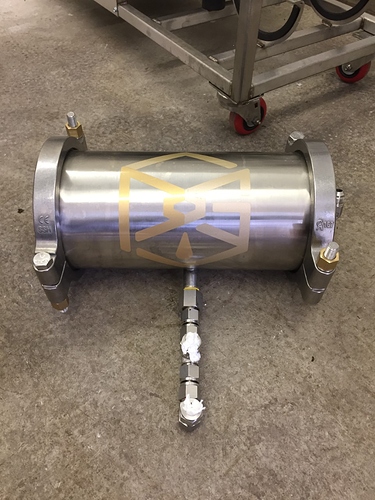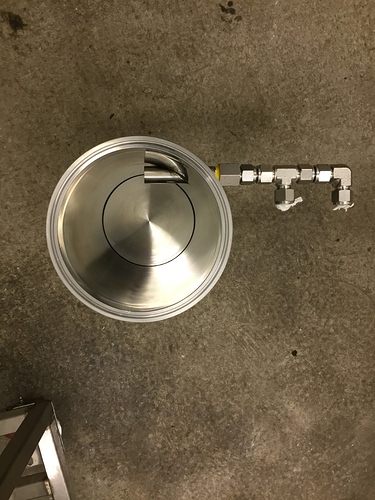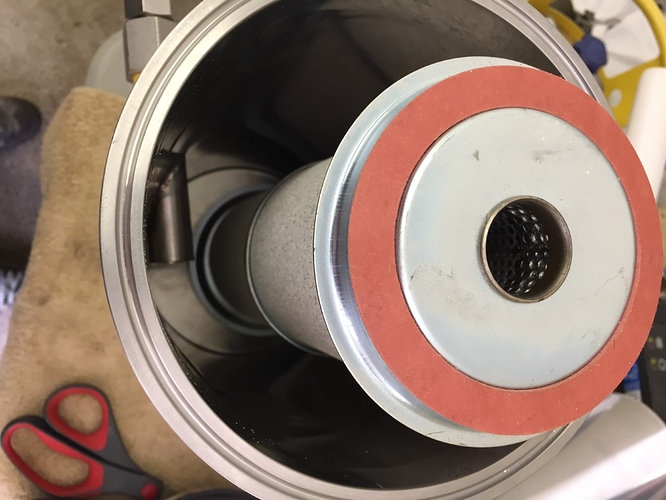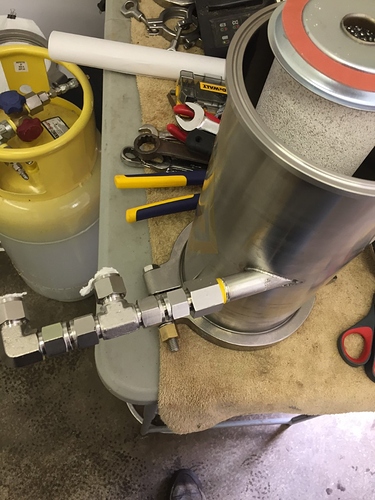You’re still litigating with that bastard?!?
Are there any issues with me sharing details of the dryer?
I don’t have the cyclone dryer or Vaporhawg anymore but I remember the solid cores being much less dusty than beads though still somewhat fragile.
At the very bottom of the cores, under the silver plate, there is spring that provides compression and seals the orange ring to the underside of the lid.
Parker/Sporlan also make housings similar to this that hold 4 of these cores.
These days I don’t run with a dedicated mol sieve in my system and I haven’t looked back.




